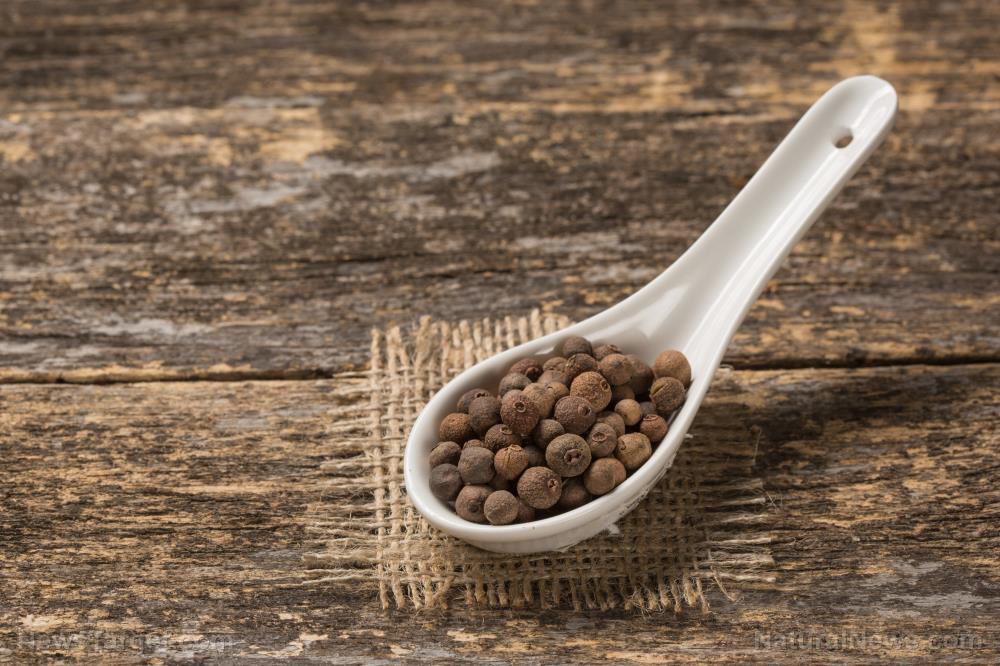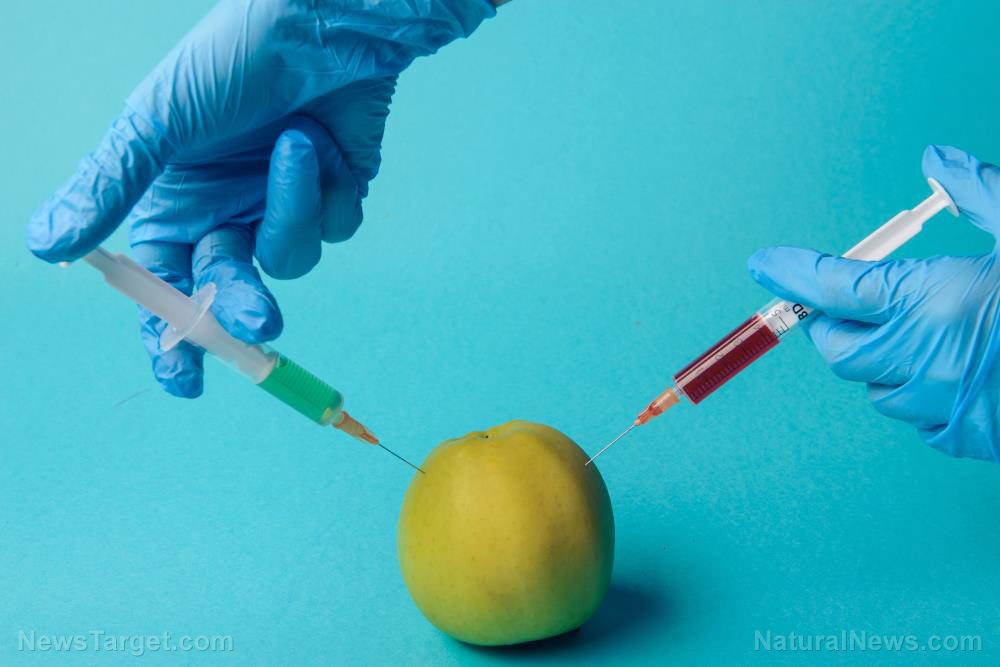
The sturdy tree grows is ubiquitous in tropical countries, and withstands harsh weather conditions like drought and frost.
But don't let looks deceive you. The moringa might as well be tagged as the Miracle Tree because its health benefits are wide-ranging.
A review of the nutrients found in moringa and its uses in medicine showed that the lowly plant deserves more credit than ever. The study, funded by the Beijing Academy of Food Sciences, showed that no part of the moringa is wasted when it comes to health.
It's good nutrition
The study found that those tiny leaves are small but terrible. They're packed with calcium, potassium, zinc, magnesium, iron, and copper.
Moringa also contains beta-carotene, which is converted into Vitamin A which could help the elderly strengthen their lungs.
It also has forms of vitamin B like folic acid, pyridoxine, and nicotinic acid, and vitamins C, D and E. Moringa can prevent disease because of it phytochemicals, like tannins, sterols, terpenoids, flavonoids, saponins, anthraquinones, and alkaloids.
It reduces sugar and is rich in anti-cancer agents like glucosinolates, isothiocyanates, glycoside compounds and glycerol-1-9-octadecanoate.
That's not all. Moringa leaves can help reduce obesity since it has a low-calorie value. The fibrous pods treat digestive problems and can even thwart colon cancer. (Related: 5 foods and spices to keep your immune system strong when fighting cancer.)
Studies have found that immature moringa pods contain 47 percent fiber and 21 percent protein. Moringa is teeming with amino acids, the body's building blocks, of the body. Its pods have 30 percent amino acid, the leaves have 44 percent, and the flowers contain 31 percent.
Immature pods and flowers are also rich in healthy palmitic, linolenic, linoleic and oleic acids.
If you want your baby or child to grow tall, give him or her lots of moringa leaves. Its rich calcium content promotes human growth like no other food can.
Eight ounces of milk only has 300 to 400 mg of calcium. Moringa leaves, on the other hand, contains 1000 mg of calcium, and while its powdered form has 4,000 mg of calcium.
Moringa beats them all when it comes to iron content. Beef has only 2 mg of iron, an important element in hemoglobin, which transports oxygen from the lungs throughout the body. In contrast, the powder form of a moringa leaf has 28 mg or iron. Thus, a moringa powder is a good substitute for iron tablets and a cure for anemia, or the lack of iron in the body that causes fatigue, weakness, even death.
Even spinach pales in comparison with moringa when it comes to iron content.
Zinc, a mineral responsible for the growth of sperm cells, and is essential in the manufacture of body-building DNA and RNA, is also found in moringa.
Would-be dads and pregnant women would do well to take moringa tablets or powder.
Those who want to lose weight without resorting to synthetic medicine can turn to moringa, which contains polyunsaturated fatty acid (PUFA), which controls cholesterol levels.
Moringa also cures Type 1 and Type 2 diabetes, fights cancer, HIV, and arthritis and protects the brain.
Boiled or sauteed?
Is moringa best taken boiled, blanched, or sauteed?
The study showed that boiling it reduces the amount of cyanide, oxalate, and phytate, which are enemies of nutrition. Breastfeeding moms would do well to saute moringa to increase the flow of milk. This was proven in a study on rats.
The problem with moringa is it's not as palatable as other kinds of food. Children push it away because of its rather bitter taste. Parents need not despair. They can mix it in the cocoa drink the child loves to take every day. This way, their children can get the moringa nutrition they need.
It's best to start them on the path of good nutrition while they're young.
Read Herbs.news for more coverage of medicinal and nutritional herbs.
Sources include:
Please contact us for more information.























